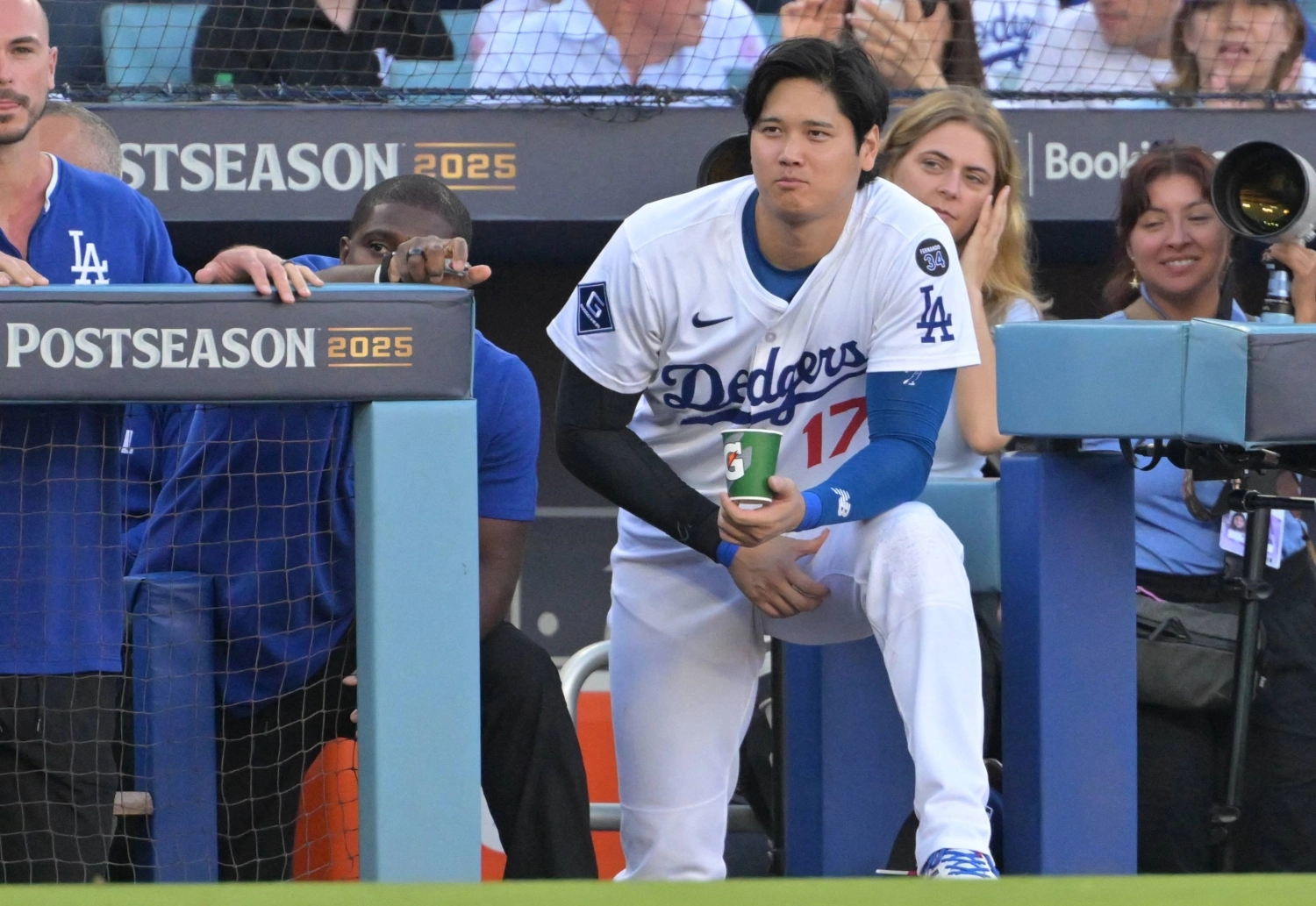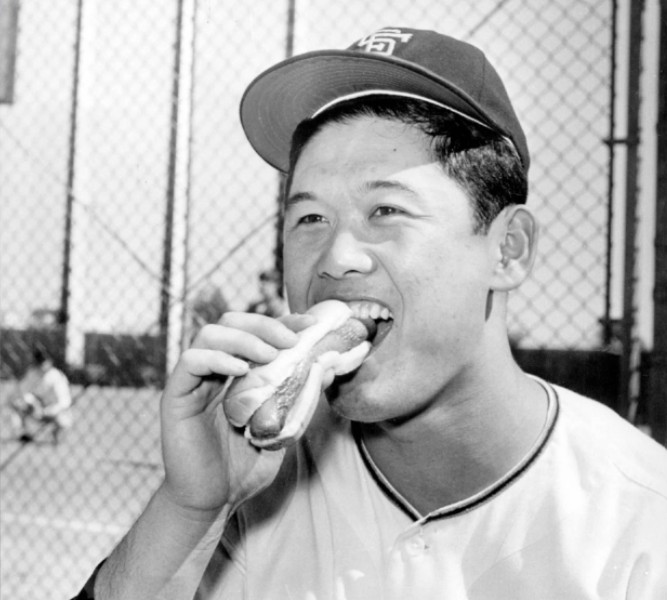Explores how Japan and the U.S. found common ground through baseball
When Japan and the United States were fighting during World War II, English was considered an enemy language that was to be wiped from Japanese society. That included within baseball, the American sport imported to Japan in the 1800s, which saw English terms replaced by Japanese words.
As noted by the Hanshin Tigers’ official website, the word for “one strike” was replaced by “yoshi ippon” while “yoshi” replaced “safe” and “hike” was used instead of “out,” among other changes.
The feelings of enmity were so deep that, according to an Associated Press article that appeared in the New York Times in 1944, some Japanese soldiers charging at U.S. Marines were heard screaming, “To hell with Babe Ruth!”
Even then, however, the Japanese did not fully give up the American pastime.
Baseball has been a shared love between Japan and the United States for over 150 years, and a sport that has connected the nations despite disagreements large and small.
Director Yuriko Gamo Romer set out to explore the relationship between the two nations and the sport in her film “Diamond Diplomacy,” which had its world premiere this month in the United States.
“To have these two very different countries, two very different cultures, just different ways of thinking, to find their own deep relationship with the sport of baseball, I thought that was fascinating,” Romer told The Japan Times.
From the American players who come to play in Japan, and current Japanese stars like Shohei Ohtani who are in MLB, the sport has provided many opportunities for cultural exchanges between the nations. In the film, author Robert Whiting touched on this while speaking about the immense popularity of Ichiro Suzuki in Seattle, remarking that “people of Seattle had become global citizens without even having to leave home. So this power of sports to modify cultural attitudes is really a significant thing.”
“It opens the door,” Warren Cromartie, a former MLB player who became a star and an MVP in Japan with the Yomiuri Giants, told The Japan Times. “A lot of foreigners are visiting Japan now. I don’t know if Ohtani or baseball has everything to do with it, but you never know, maybe some family says, ‘Ohtani is from Japan, let’s go to Japan, let’s go see a ball game and feel the vibe of it.’
“It has opened the doors of communication. A lot of families are also traveling from Japan to LA (where Ohtani plays for the Los Angeles Dodgers) and making it their vacation now.”

Romer speaks to experts and historians as the film delves into why the sport was such a fit for Japanese culture and how it grew in the nation, particularly after American teacher Horace Wilson, widely considered to be the person who planted the seeds for baseball’s rise, introduced it to his students in Japan in 1872.
“There is something really wonderful about sharing a sport,” Romer said. “It’s people-to-people (diplomacy). You get the people of whatever country and whatever country, and then you bring them together, and then they learn about each other. Even if it’s just a little bit.”
The film also explores the famous 1934 tour of Japan by U.S. players, including the legendary Babe Ruth, and how Negro League teams from the U.S. traveled to Japan and were often treated better than they were at home.
Much of the film focuses on the tale of Masanori Murakami, who became Japan’s first MLB player at age 20 and is one of the most important figures in the sport.
Murakami’s journey began when the Nankai Hawks sent him and two teammates to the U.S. to train with the San Francisco Giants franchise in 1964.
“I didn’t know anything about the majors,” Murakami told The Japan Times. “I just came over to America. It was like it was a vacation. But playing was so fun, and I started to think I want to stay longer. When I came, the Hawks said it was for three months, and I was happy when they said I could stay longer.”
Murakami pitched for the club’s Class A affiliate in Fresno, California, before getting a call-up to the majors. He made his MLB debut on Sept. 1, 1964, against the New York Mets at Shea Stadium in New York, becoming Japan’s first MLB player.
“I’m happy to be the first Japanese to play in the major leagues,” Murakami said “But there were a lot of other players who could have done it before me.”
Murakami was teammates with MLB legends Willie Mays and Juan Marichal and played against many other MLB greats. Murakami pitched in nine MLB games in 1964, allowing three earned runs in 15 innings.
The Giants were impressed enough to sign Murakami to a contract and sent the Hawks a payment for his rights. The Hawks, however, disputed his deal with the U.S. club, leading to a long standoff between MLB and Japanese baseball.
Ultimately, Murakami was allowed to play for the Giants in 1965 and then had to return to Japan. Relations between the baseball powers of Japan and the U.S. chilled considerably as a result of the incident.
There would not be another Japanese player in MLB until Kintetsu Buffaloes pitcher Hideo Nomo slipped through a loophole in his Japanese contract — by retiring — and signed with the Dodgers in 1995.
“When I was interviewing Don Nomura, Nomo’s agent, he makes the point that if there were never that fight between the two entities and the whole back and forth between the U.S. and Japan and Mashi (Murakami) coming or going, then there would not have been a baseline,” Romer said. “Because before that, there was nothing. There were no words on paper, there were no agreements, there were no rules between the two countries. Then when that happened, it created a baseline of words on paper. So he said if that hadn’t happened, we probably couldn’t have come back around to figuring out the loophole for Nomo.”
Japanese players moving to MLB is much more commonplace now.
“When good players go to the majors, I think a lot of people may feel like Japan is missing out on something,” Murakami said. “But when those players perform well, Japanese fans cheer, so in that sense, I think it’s good. Even with players moving, Japanese teams are still playing, and recently attendance has been very high.”
The film, Romer says, is more than just simple baseball history — it offers insight into culture and international relations through the realm of sports.
She is hopeful of seeing the film distributed in Japan at some point, noting the importance of the subject matter for those in Japan.
“I think people in Japan would enjoy it, be interested in it,” she said. “It’s also their history, too.”



